Continuing the ongoing series of interviews with creative artists working on various aspects of movie and TV productions, it is my honor to welcome Eliot Rockett. In this interview, he talks about the transition of the industry from film to digital, advances in lighting technology, potential impact of generative AI, and working through the Covid times. Between all these and more, Eliot dives deep into what went into making the breakaway horror trilogy of “X”, “Pearl” and “Maxxxine”, its message of self-destructive pursuit of celebrity and fame, the cathartic experience of the horror genre, placing each movie in its own time but connecting them all, and how “Pearl” might have been a ’40s film noir instead of a full blown Technicolor extravaganza.
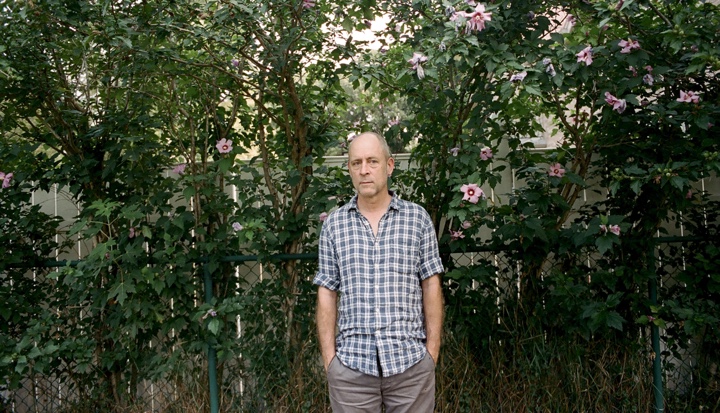
Kirill: Please tell us about yourself and the path that took you to where you are today.
Eliot: When I was an undergraduate at the University of Oregon, I was working at a little movie theater called The Bijou in Eugene. I ended up taking a class in the film studies department, almost randomly, and our professor Carl Bybee started showing us all these movies from the French New Wave and the New German cinema. His approach was that film is art and social criticism, and not entertainment. That struck me at the time, with the combination of working at the theater, seeing the movies that we were showing at the theater at the time, which were in the similar vein.
This class that I took started the wheels turning, and after I finished my undergraduate degree in philosophy, I went to graduate school at NYU for film. At that point, I was thinking I would probably try to be a director. But what happened was that everybody in the program needed to use people in the program to shoot their student films. Generally what would happen every year was two or three people would end up shooting everybody’s movies, because they were the people that had a propensity for it, and that was the one crew position that could screw up the entire movie.
I had done tons of still photography prior to that while I was in undergraduate. I would have probably gotten a minor in still photography, but they didn’t offer it where I was. So I was this person who ended up shooting. I made a couple of my own films, and then I ended up shooting mountains of short films. And it all went from there.
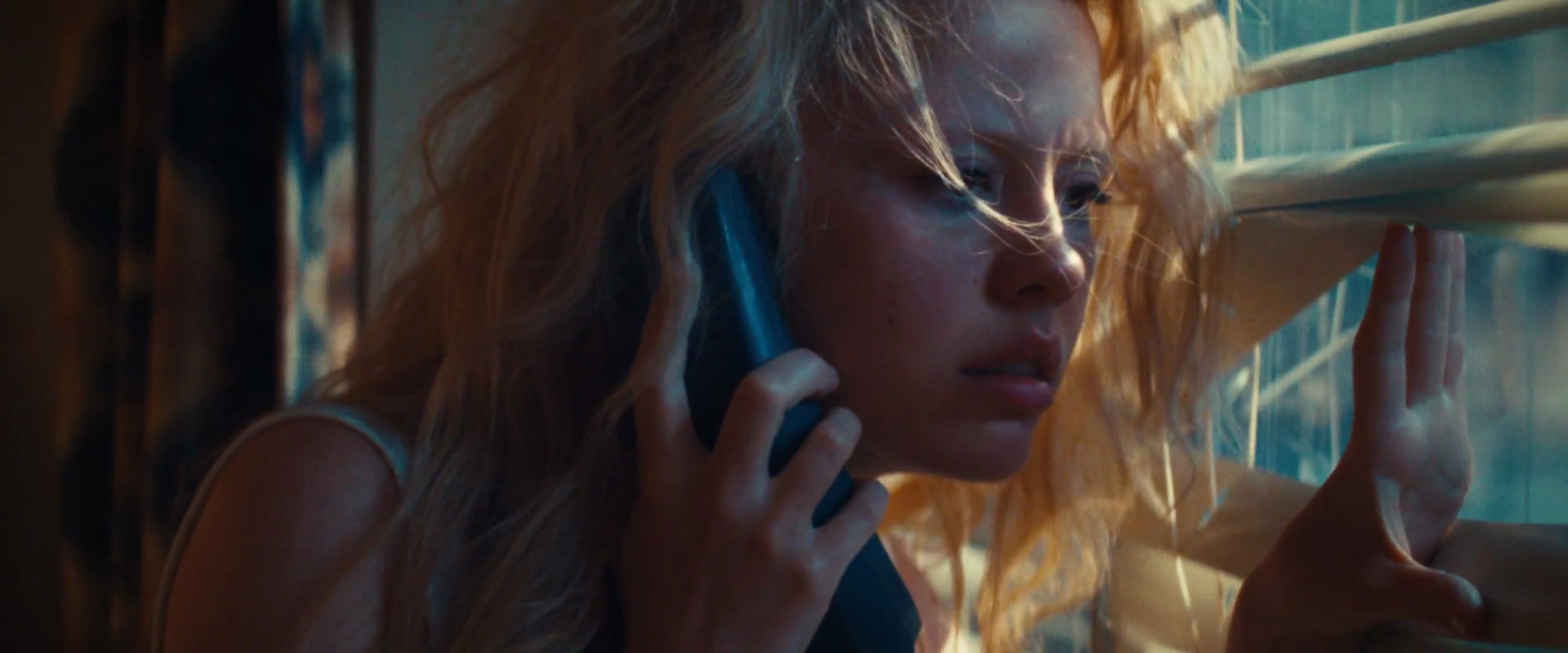
Cinematography of “Maxxxine” by Eliot Rockett
Kirill: Looking back at when you started and now, did you go through all five stages of grief around the transition from film to digital?
Eliot: I was in graduate school at NYU and I finished in 1991, so it’s been a while. I started doing a lot of music videos in the ’90s. I moved to San Francisco, I kept doing music videos and also a bunch of computer company corporate work, and shooting one or two small independent features each year. And I resisted shooting anything on tape. I told myself that I was going to shoot stuff on film, and if the job wanted to shoot something on video, I was not going to do it and somebody else can do it.
Eventually at some point, the first Sony HD camera came out, and it was the time for me try it out and see what the deal is. So I started shooting a little bit of stuff in HD here and there, but I was very much not a big fan of it. As the years went by, I would keep doing a little bit of HD stuff and predominantly shooting a film. Much later when I moved to Portland, Oregon, I got hired on the NBC show “Grimm”, and they were shooting it on the original first Alexa. That was it, here we go. That’s what they’re doing. This is what we’re going to do. That show ended up going for six years, so for six years, I shot digitally.
By the time I was done with that show, digital had just eclipsed film. That was a six year transition where I was doing this one show, and everything else started moving very quickly. Alexa and Red were taking over everything. So by the time I got done with “Grimm”, everybody was shooting digitally. I didn’t go kicking and screaming into it. It was a segway into it.
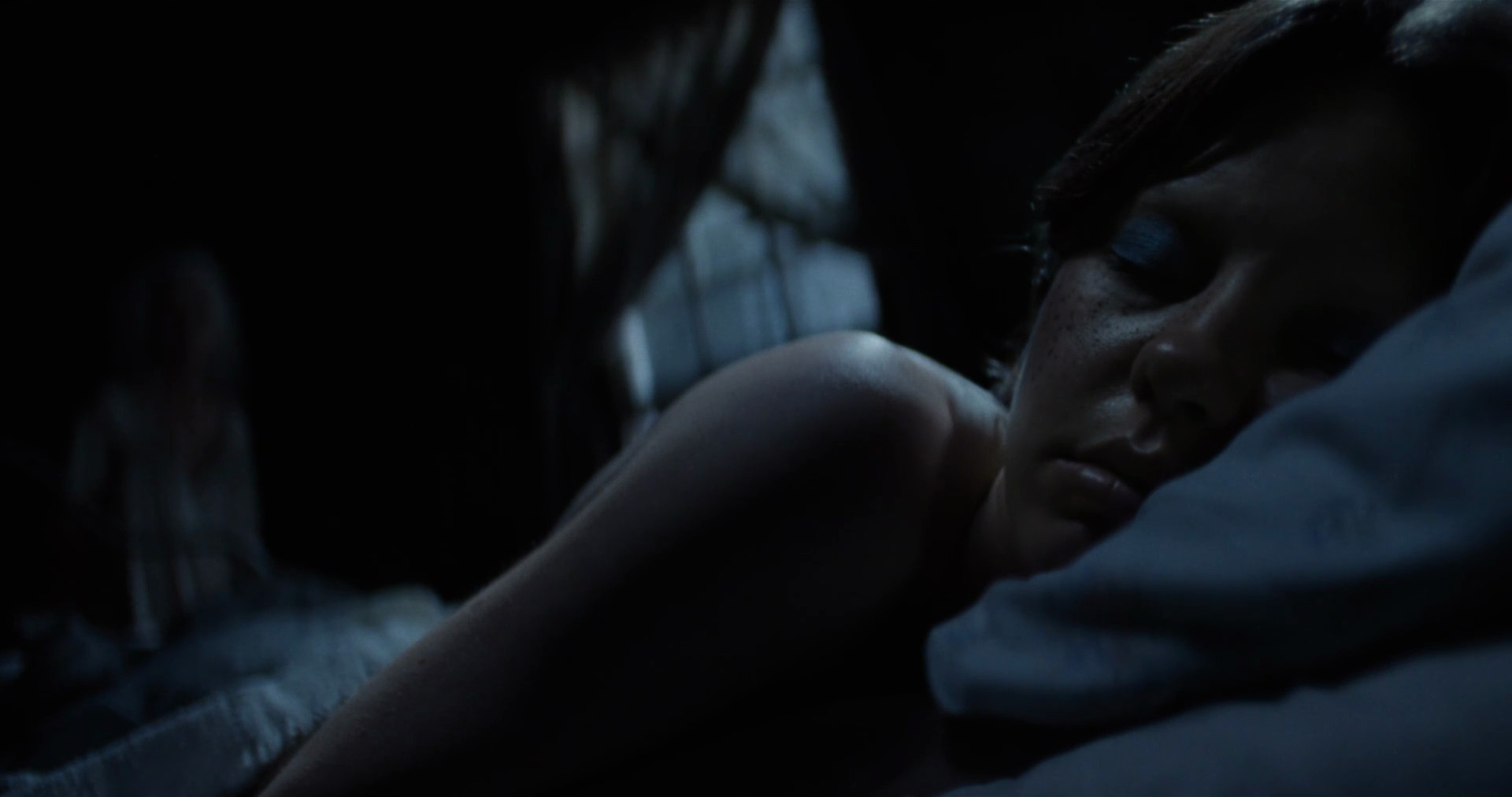
Cinematography of “X” by Eliot Rockett
Continue reading »
Continuing the ongoing series of interviews with creative artists working on various aspects of movie and TV productions, it is my pleasure to welcome Adam Reamer. In this interview, he talks about the roots of the horror genre, building worlds to support the story, the rise of generative AI tools, and career development. Between all these and more, Adam talks about his earlier work on “Grimm” and “Insidious: The Red Door”, and dives deep into what went into making “Immaculate”.
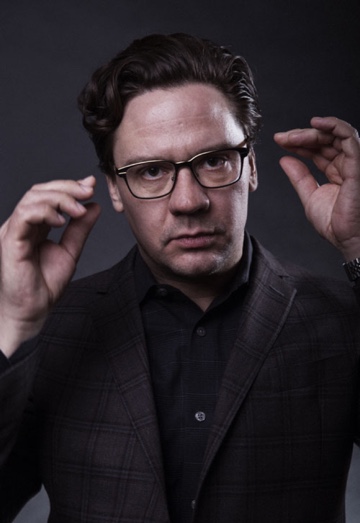 Kirill : Please tell us about yourself and the path that took you to where you are today.
Kirill : Please tell us about yourself and the path that took you to where you are today.
Adam: My name is Adam Reamer, and I’m a production designer. I didn’t start early on a path intending to pursue film, but I do feel like a lot of the turns I took along the way did lead me there – in terms of developing a sensibility and a skill set that has been useful to me in the film industry.
I was interested in visual arts from a very young age. I was always crafting, building, making things with my hands, whether it was Lego toys or anything in the physical world of making. I got my degree at Penn State in architecture. When I moved to New York after graduation, it was shortly after 9/11, and the building and architecture economy had crashed. It wasn’t possible to find jobs for new graduates in the field, so I answered an ad in The New York Times for a set carpenter.
I wound up with a company called Readyset. I worked there as a set builder and scenic painter for many years, and eventually I took over management and design at that shop. We served the still photography industry, but also to events and retail display and trade shows – a lot of environmental design. That was my first introduction to scenic design more broadly.
When I left New York, I got into design-build architecture with a guy I met out here in Portland, Oregon. We were designing and building remodels and some new houses for a couple of years. As I was doing that, there was a TNT television show “Leverage” that came to Portland, and they needed a set designer, which in the industry is a draftsman of construction documents for set building. I got that job through a friend of a friend, and then I fell in love with the work. That started my career.
I moved up through assistant art director and art director, and I ended up on a series called Grimm, which was a fantasy / police procedural. I art directed that for about 4 years, and then I was bumped to production design. That was my first credit in the role, and what allowed me to get representation, and start pursuing feature film and projects outside of the Portland area.
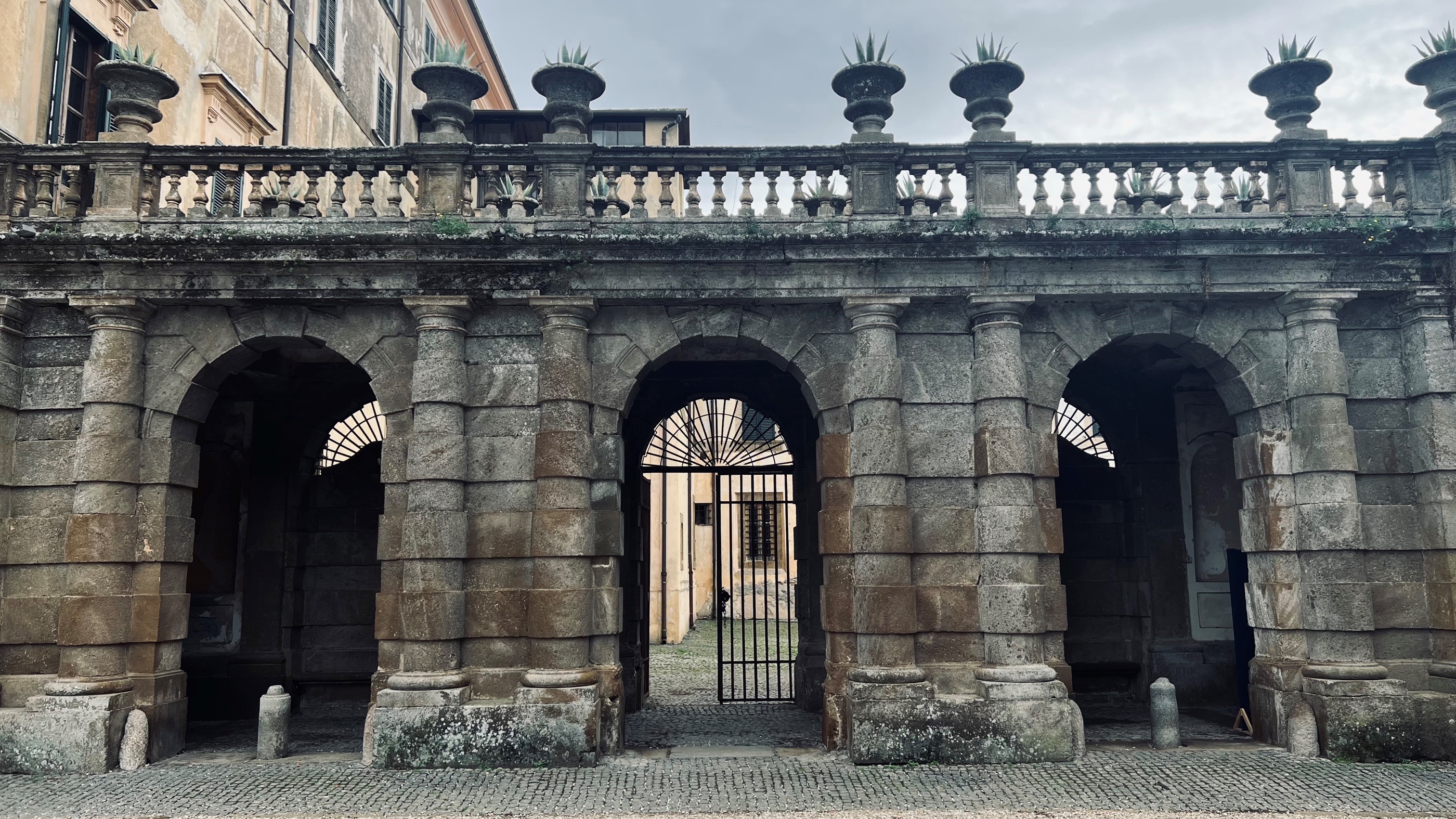
External walls of Villa Parisi (principal location for the convent) as reference for the gate build. Courtesy of Adam Reamer.
Kirill: Do you remember if there was anything surprising when you joined the industry and you saw how it looks like from the inside? Hollywood likes to present itself as this glamorous industry, with red carpets and beautiful people and parties, but that’s probably for the top 1% of the top 1%.
Adam: I was immediately surprised that the people making television weren’t like the people on television. It’s such an obvious thing if you think about it, but back then as soon as I started doing the show, that’s what I saw – people being the nuts and bolts of the industry. It’s all different kinds of people, from creatives to accountants to people that drive trucks. It’s not all glamorous people. It’s a wide variety of personalities and backgrounds that come together. That was a bit surprising.
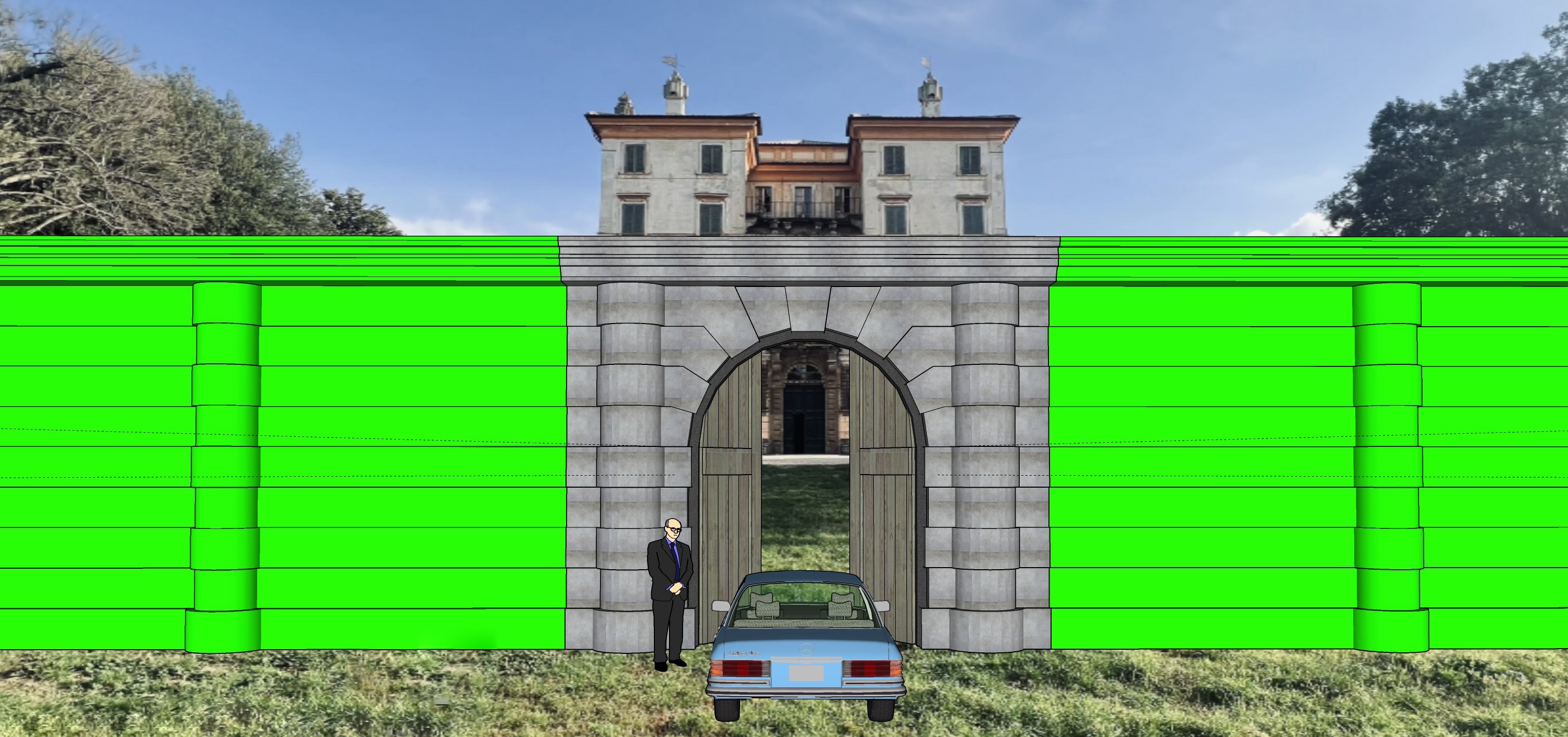
Blocking diagram for the construction of the convent gate on location of Villa Parisi. Courtesy of Adam Reamer.
Kirill: It’s always been an industry that has had its ups and downs as the business around it changes, but it’s also always at the forefront of technology changes. If you look at your first 15 years in it, what stands out for you in terms of changing technology in your craft?
Adam: I came into television at the time when people were first starting to make the full transition to shooting digital. I wasn’t in the feature world at that time and I don’t know where they were, but I think that they probably followed a little later. Initially, the big motivation for the digital for some television productions was affordability, and economy of speed and production, and turning around dailies and content. I wasn’t part of the industry before that shift started.
I will say that in the 15 years that I’ve been doing it, we’ve seen the industry change dramatically around streaming services not only offering content, but then starting to create their own content. We’ve seen the gradual shift away from the traditional studio TV model of doing episodic series with 22 episodes, which is rare now. That’s what we were doing on “Grimm” even 8 years ago with NBC, and now most of it is moving to streaming models with shorter production runs, and different production strategies like block shooting. It’s less related to the technology of the actual filmmaking, and more about the distribution format.
The contemporary modes of the VFX production were already pretty well established by the time I started. I’ve seen that grow and become more technically simplified in ways, and it’s much easier to shoot for VFX production than it was 15 years ago. The technology is so much better in terms of how it can do isolation and animation, and everything is way more streamlined as a process. It’s nice, because it offers you the opportunity to use that tool without it being egregious in terms of budget.
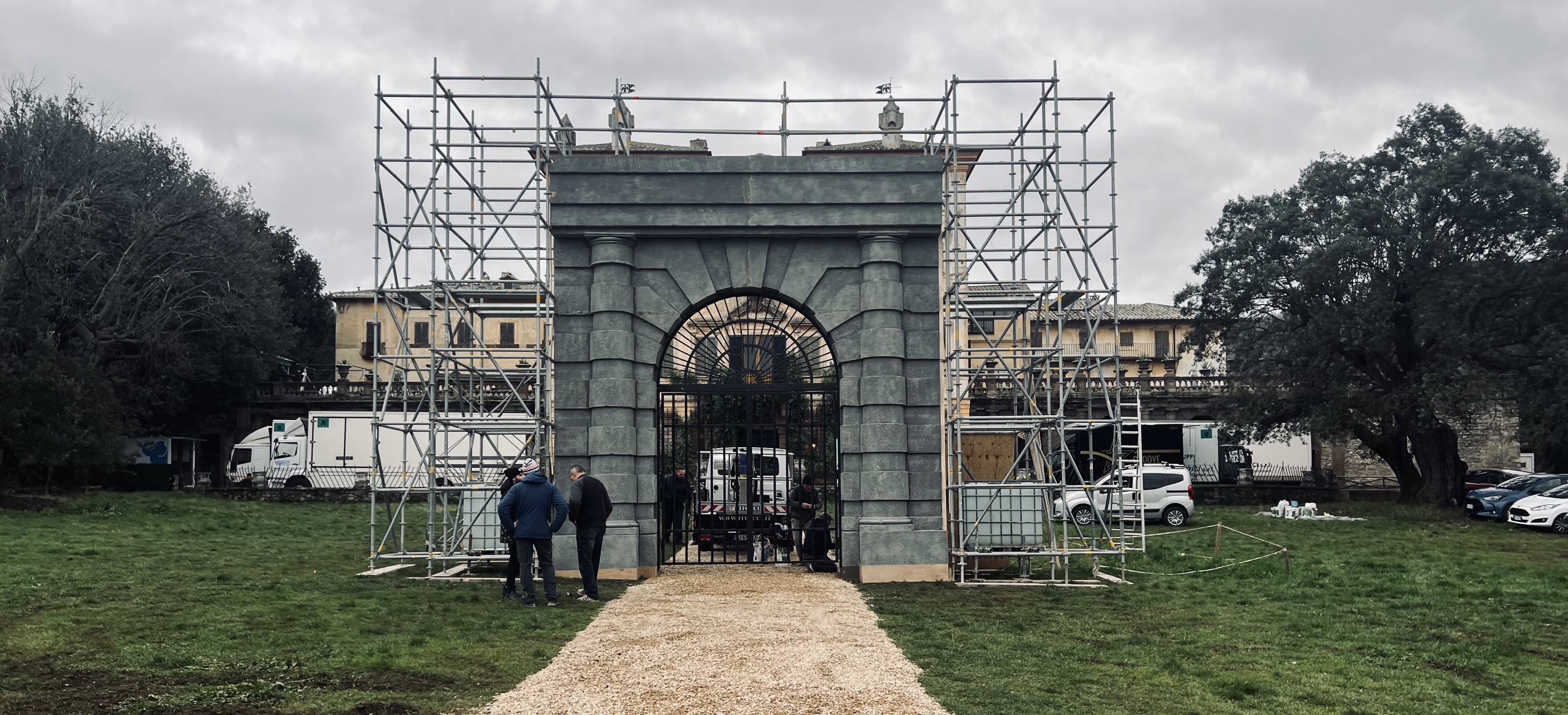
The built part of the convent gate on location of Villa Parisi. Courtesy of Adam Reamer.
Continue reading »
Continuing the ongoing series of interviews with creative artists working on various aspects of movie and TV productions, it is my pleasure to welcome back Tom Hammock. In this interview, he talks about the scope of blockbuster franchises, building physical sets and things that are still missing in digital worlds, traveling the world to make movies, and the rising of generative AI tools. Between all these and more, Tom dives deep into what went into making “Godzilla vs. Kong” and “Godzilla x Kong”.
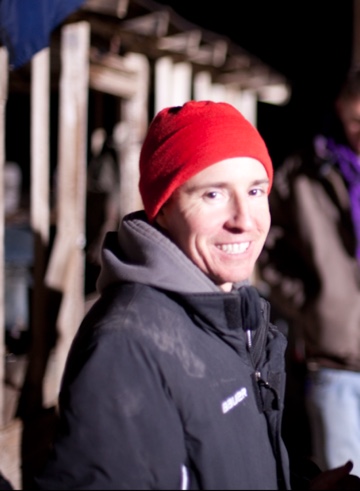 Kirill: What happened to you since we spoke earlier last year?
Kirill: What happened to you since we spoke earlier last year?
Tom: Well, we made a movie called “Godzilla x Kong”, which was great. And there’s another one that I just finished with Zach Cregger who directed “Barbarian” in 2022. But really the big thing was Godzilla, and as you can imagine, it took a long time to make that movie.
Kirill: One thing I couldn’t figure out is how to say the name of the movie. Is it “together with Kong”, “against Kong”, something else…
Tom: It’s tricky to figure out. I know they tried a lot of titles, and “Godzilla x Kong” worked in the wrestling sense, in terms of them teaming up. That was always the goal. We knew we wanted to do the “versus” film and then the “team” film.
Kirill: How many previous Godzilla and Kong movies have you watched?
Tom: Adam and I watched pretty close to all of them, genuinely. When we started “Godzilla vs. Kong”, Adam had a little TV in his office, and he scoured the internet for VHS, laser discs, anything he could find. He would play them constantly, and we’d come in and reference scenes. It was an interesting process. I’d say that I’ve seen big chunks of the majority.
Kirill: Are we talking also about the 30-odd Japanese ones?
Tom: He was able to get his hands on pretty much all the Japanese films, and another seven or so King Kong variants from around the world. We put in our time. You see little Easter eggs sprinkled through. Every once in a while, there will be something.
Kirill: Did you know that there was “Godzilla Minus One” happening roughly around the same time?
Tom: We did. It’s similar to when “Godzilla vs. Kong” came out, we had a sister movie, which was “Shin Godzilla”. Toho and Warner Brothers Legendary talk a bit and plan things out, because it’s not just the films. You have the trailers, you have the toy releases, you’re trying to build the excitement. Also, Takashi Yamazaki and Adam Wingard are friends.
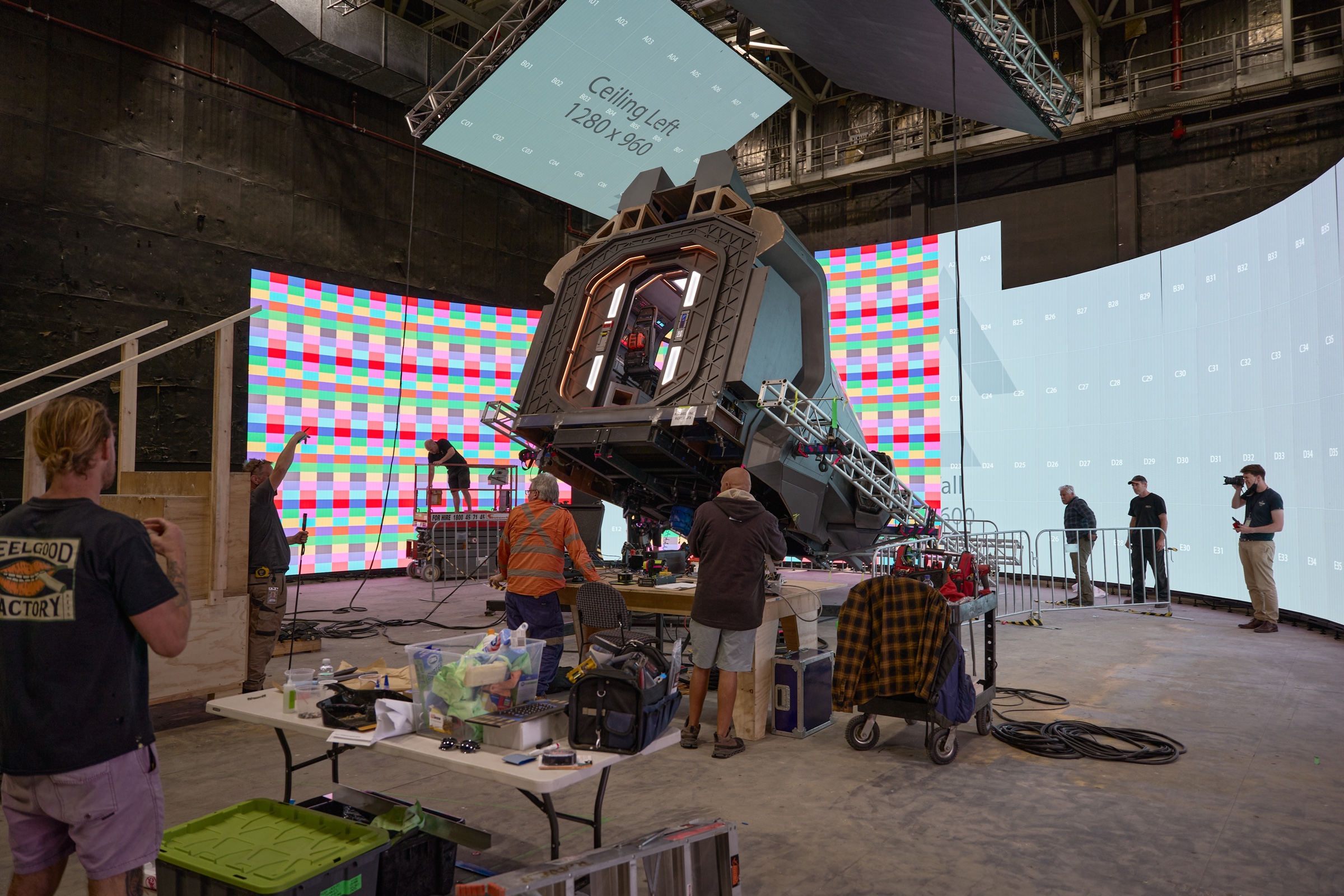
On the sets of “Godzilla x Kong”, courtesy of Tom Hammock.
Kirill: How was your experience going from the smaller art department on “X” and “Pearl” to this huge machine?
Tom: It’s a crazy change in scale, but in some ways it’s the same experience. You have your base camp, and you make your way through all the trailers and all the equipment. And at the end of the day, it’s still two people talking in front of a camera, which is the same as “X” and “Pearl”. But in other ways, Godzilla is so different.
On “Godzilla x Kong” we could go to literally an island to build the Monarch base on the beach. We had had the resources to do that, to get that level of in-camera work – which was fantastic and a ton of fun. Budget goes up, but expectations go up too.
Continue reading »
Continuing the ongoing series of interviews with creative artists working on various aspects of movie and TV productions, it is my pleasure to welcome Imanol Nabea AEC. In this interview, he talks about the transition of the industry from film to digital, working through the global pandemic, the potential impact of generative AI on the industry, and the variety of screens in our lives. Around these and more, Imanol dives deep into his work on the two seasons of the fan-favorite “Warrior Nun”.
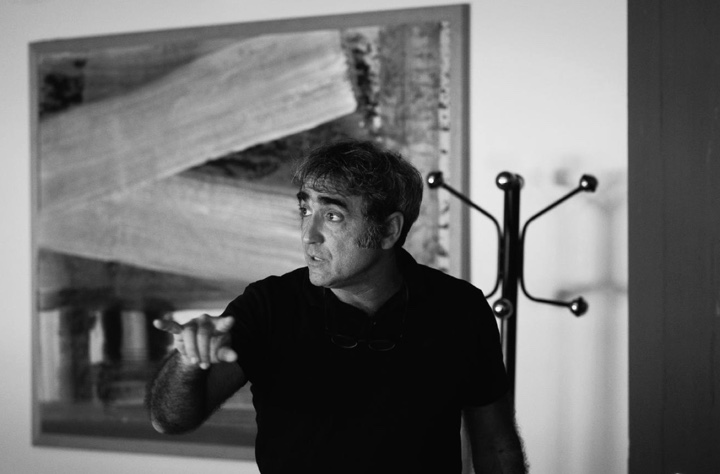
Kirill: Please tell us about yourself and the path that took you to where you are today.
Imanol: I was born in Spain in 1971, when I finished high school I went to an engineering college. I always wanted to become a photographer, but I never thought about working in the movie industry because I didn’t know anyone in that world. At some point I quit the engineering school and started at an image and sound program in a technical public school. That was around 1992, I started shooting short movies with some friends, and there was going to be a movie in my hometown Bilbao, and a friend of mine told me that they needed a video technician to work with the Hi8 recorder of that time. I did two movies as a video technician, and after that about 10 years as a camera second assistant, 13 years as a focus puller, shooting second units as a camera camera operator – and always thinking about being a director of photography. I did short movies, I did a lot of photography for myself, and that’s my background. I never thought about working in this industry, but suddenly I was there, and I was fascinated by it. I love it.
Kirill: How was the transition from film to digital? Do you feel that something has been lost during that transition?
Imanol: I don’t remember exactly when it was. At that time I was pulling focus and I lived it as a soft transition, but I was having conversations with colleagues in the industry talking about this transition, and I remember saying that it was not going to happen, that things would continue as they were with film. Film wasn’t going to die. I guess I couldn’t – or didn’t want to – see the reality.
Film has such a beautiful texture, and I couldn’t see how digital was going to take over. Sometimes I watch a movie, and I see something that is there, and you can’t put your finger on it, but whenever you look at how it is shot, you realize it is shot on film. I still think that film has something that digital doesn’t have, and not just the texture. You see highlights, you see how different colors interact with each other.
But then there’s the other side of it. I worked as a focus puller on about 50 movies, and every day I would be waiting to hear from the film lab to see if there was anything out of focus or too soft. As a focus puller I could sleep much better with digital than with film.
Things are so much faster with digital. You have to shoot much faster. You don’t have those breaks you had when you were reloading the magazines or checking the gate. The timing is different. In a way, the set has changed. Everybody can see what you are shooting, from the director and yourself to other people that have access to the monitors. Now everybody can instantly form an opinion, which is not necessarily a bad thing. It is just how it is.
The set is not as silent as it used to be. Negative costs money, and each take was money spent, so everybody kept quiet once the camera started rolling. Right now there is a sense that digital is free, that you can keep on shooting and shooting. It costs money, but the economics are different. Every roll of film was money, and once you use it, you can’t overwrite anything on it. There was a mutual respect from everyone on the set.
So that’s the two biggest things that have changed – the texture and the way of working. Focus pullers today can do their job sitting in a room watching a monitor – and that was simply impossible back in my time. It has changed, not for better or worse, but simply different. At the end, the basics of the light are still the same, but you have to adapt to how the set works now.
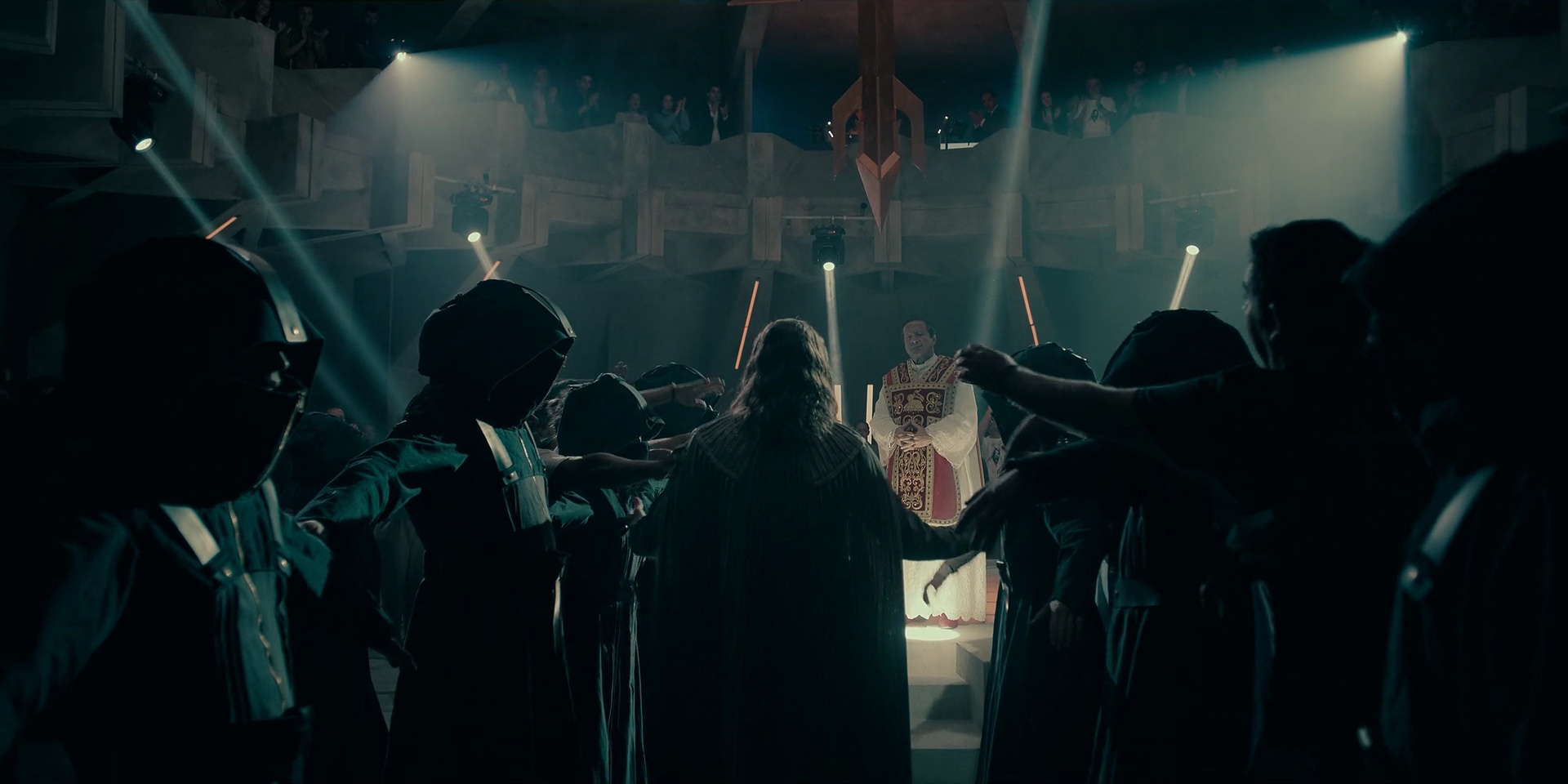
Kirill: When you meet somebody outside of your industry, and they ask you what do you do for a living, how do you convey the complexity of the different roles you play on the set?
Imanol: I would say I translate the script into images playing with my tools – which are the light and the camera, and that also I am the director’s right hand, or at least I try to be. I help a director to tell the story. I talk with all the departments that are involved in what appears in the frame because all of us create the visual image of the film.
For me it’s crucially important to understand where the director wants to go with the story, what he wants to tell with the camera and the light. Every director has a different way of facing a story, and part of my work is to adapt myself to that, and I love it because it makes me improve and learn from different points of view.
Continue reading »
![]()
![]()
![]()